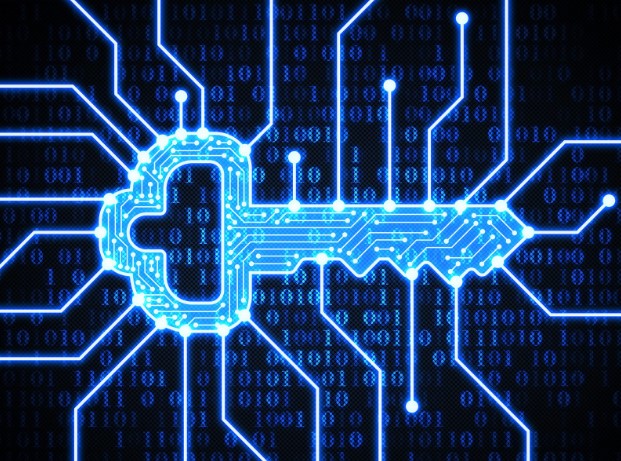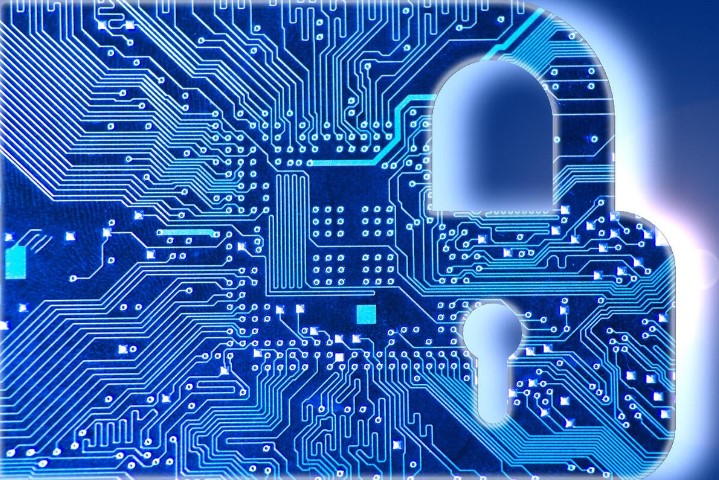Debunking Data Encryption Myths: Strengthening Security and Compliance
January 19, 2024

Data encryption is a critical component of modern cybersecurity practices, providing a robust layer of protection against unauthorized access to sensitive information. However, misconceptions and myths surrounding data encryption can hinder organizations from fully embracing its benefits and achieving compliance requirements. In this cybersecurity blog post, we will debunk common myths about data encryption, highlight its importance in eliminating threats, and discuss how it helps maintain compliance with relevant regulations.
Myth #1
Encryption is Only Necessary for Highly Sensitive Data.
Reality
All sensitive data, regardless of the level of sensitivity, should be encrypted. Cybercriminals target various types of data, including customer information, financial records, intellectual property, and employee data. Encrypting all sensitive data ensures a consistent and comprehensive security approach.
Myth #2
Encryption Slows Down Systems and Hampers Performance.
Reality
While encryption does add a minimal computational overhead, modern encryption algorithms and hardware acceleration have significantly reduced any noticeable impact on system performance. Proper implementation and optimization of encryption techniques can maintain a balance between security and system efficiency.
Myth #3
Encryption Completely Eliminates the Need for Other Security Measures.
Reality
Encryption is a vital component of a comprehensive security strategy, but it does not replace other security measures. It works in conjunction with practices like access controls, intrusion detection systems, strong authentication, and regular security updates to provide layered protection against threats.
Myth #4
Encryption is Too Complex and Difficult to Implement.
Reality
Encryption technologies have become more accessible and user-friendly over time. Many software solutions offer simplified encryption methods and intuitive interfaces, making it easier for organizations to implement and manage encryption processes. Additionally, professional cybersecurity services can assist in designing and implementing robust encryption frameworks.

Myth #5
Encryption Guarantees Data Protection Forever.
Reality
While encryption is a powerful security measure, it is not infallible. The strength of encryption algorithms can weaken over time as new cryptographic techniques emerge. It is crucial to regularly update encryption methods to stay ahead of evolving threats and ensure ongoing data protection.
Myth #6
Compliance Regulations Don’t Require Encryption.
Reality
Many compliance regulations, such as the General Data Protection Regulation (GDPR) and the Health Insurance Portability and Accountability Act (HIPAA), explicitly recommend or require data encryption to protect sensitive information. Implementing encryption not only enhances security but also aids in meeting compliance requirements and avoiding penalties.
Myth #7
Encrypting Data Makes Recovery and Analysis Difficult.
Reality
Encryption does not hinder data recovery or analysis when implemented correctly. With proper key management and access controls, authorized personnel can decrypt and access encrypted data as needed for legitimate purposes such as incident response, forensic analysis, or regulatory audits.

Dispelling myths surrounding data encryption is crucial for organizations to understand its importance in eliminating threats and maintaining compliance. Encryption protects sensitive data, regardless of its sensitivity level, without significantly impacting system performance. It works in conjunction with other security measures and should be implemented as part of a comprehensive cybersecurity strategy. Organizations must prioritize encryption as a foundational element of their data protection efforts to mitigate risks, ensure compliance, and maintain the trust of their stakeholders. By embracing encryption and staying informed about its evolving best practices, organizations can fortify their security posture and safeguard sensitive information effectively.
Have Any Question?
Call or email Cocha. We can help with your cybersecurity needs!
- (281) 607-0616
- info@cochatechnology.com




